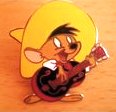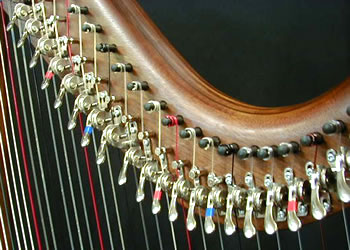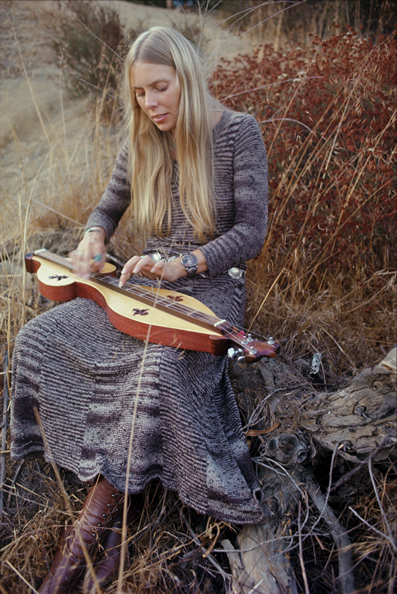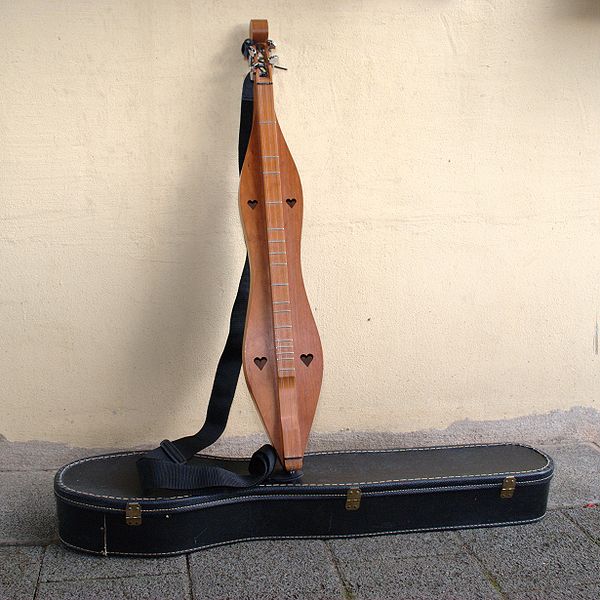David, I think we are talking about two different issues here. You seem to be concerned with how to arrange a tune, meaning how fast it should be, how much embellishment is appropriate, and so forth. I am talking about technique, meaning the ability to play accurately no matter what speed you choose to play. But I don't think I disagree with anything you've said.
Obviously, if people are playing together and one is playing faster or slower than the others, that is not good. As every kindergarten teacher knows, the ability to play well with others is important. That is why someone usually counts off "12ready go" or whatever they choose before they start playing together, to ensure they play at the same tempo. Often in bluegrass bands the fiddler will begin with the "taters," just a couple of notes (usually in a bum-ditty rhythm) to set the tempo. But one big difference between professional and amateur musicians is the ability to play in a constant rhythm. And for many stringed instruments (guitar, mandolin, dulcimer, etc.) the key is right-hand technique. (For the record, I do indeed use a metronome a lot when I practice.)
I think how busy one is when playing should in part at least be a function of how many musicians are involved. The more musicians, the less you should be playing. As you point out, some songs just don't call for much embellishment at all. But these are questions of arrangement, not technique.
In the case of the three versions of "Simple Gifts," I agree with Wayne, Babs, and (I assume) David that the first version is better. But we are making that judgment based on the arrangements of the song, not the playing ability of the performers. That song is a great example of one that should be played slowly with a sparse arrangement and little embellishment. Personally, I play that song on the penny whistle and the autoharp, but not on the guitar or dulcimer. If I were to play it on the dulcimer I would choose a baritone with a deep voice and good sustain so I could letall those half-notes (and even those few whole notes) ring out.
At the end of the third video to which I point Helen as part of my explanation of my flatpicking technique, Idemonstrate the song "East Virginia." (It is an old Carter Family tune but it is alsoa generic country song melody and I know of at least two other songs that use the same melody.) You never hear dulcimer players play this song. It is filled with a lot of notes that last 4, 5, 6, or 8 beats. It works great with a singer accompanied by a guitar strumming chords. But on the dulcimer, leaving all those long notes to ring out creates problems. One is that it is hard to know when to start playing again, and the risk is great that you'll come back too early, thus ruining the rhythm of the song. It is also the case that all those long notes ringing out when there is no playing going on increases the nap factor, meaning it will put the audience to sleep. I demonstrate on that video what the song would sound like if you played the melody as written. But then I demonstrate what it would sound like if you add the kind of chordal accompaniment a guitar would offer. It becomes a song at that point. And then I also demonstrate how those long pauses are places one might choose to add some filler licks. The end result is a version of the song that clearly differentiates between the melody, the chords, and the filler. Basically that version combines the jobs of singer, guitarist, and (perhaps) mandolin player. And it is all made possible by a right-hand technique capable of keeping a steady beat. The point is not that you have to strum chords on every eighth noteor fill every pause with lots of extra notes, but that the same technique that will allow you to play Bile Dem Cabbage steadily at any speed will also allow you to play chordal accompaniment or add filler when you deem it appropriate .
Just yesterday I was taught a song by Karen Mueller at the Redwood Dulcimer Day: "Jeff Davis" by Norman Blake. If you excuse my sloppy play (I was just introduced to thesong yesterday) and weird lighting (I'm using a halogen shop light), please look at the "A" part of the song. The first part of that selection begins with an eighth note pair followed by a quarter note, and that pattern repeats a few times. It is essential that the eighth note pairs have the same duration as the quarter notes that follow them. And then thelast two measures are a longeighth note run.
When we worked on the song at the festival, a lot of people had trouble with the rhythm of the song. That was unfortunate, since the workshop was supposed to be on how to use the 1+ fret, not how to play accurately. So Karen had to explain to folks how to alternate their strumming so that they could get accurate differentiation between eighth notes and quarter notes and could someday be able to play the last measures at a speed faster than the sleep-walking speed used to teach the song. Note that what I play here (other than that last strum at the end) is nothing but what is written as the melody. I add no chords and no embellishment. The right-hand technique I've developed, though, allows me to learn that song without having to count in my head to ensure that quarter notes get twice as much time as eighth notes and allows me to begin playing it up to speed (I've still got a ways to go) even though I amjust learning the song.
But that same right-handed technique allows one to add chords and add fillers when one chooses, with the confidence that the notes will always beon rhythm. That doesn't mean we will always play the correct chords, or our filler will always be tasteful or we won't ruin a wonderful song by playing it like Speedy Gonzales on chrystal meth. But we can rest assured that our playing will always be accurate and steady. The back-and-forth right-hand technique is nothing but a tool that allows us to play steadily so that we can concentrate on the more creative aspects of making beautiful music.






 ) Paul arranged the piece for two dulcimers and not surprisingly he knows it better than Ron does. The arrangement is so precise that if Ron were to play a note that might sound great when playing solo but is not exactly what Paul had written, he would ruin the harmonies and counter-melodies that Paul intended.
) Paul arranged the piece for two dulcimers and not surprisingly he knows it better than Ron does. The arrangement is so precise that if Ron were to play a note that might sound great when playing solo but is not exactly what Paul had written, he would ruin the harmonies and counter-melodies that Paul intended.

 Did you remember this earlier discussion or find it by searching for similar laments and complaints about Cripple Creek instruments?
Did you remember this earlier discussion or find it by searching for similar laments and complaints about Cripple Creek instruments?
